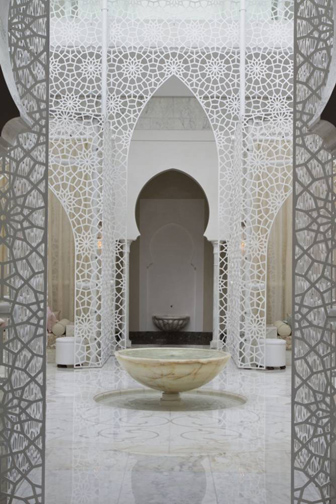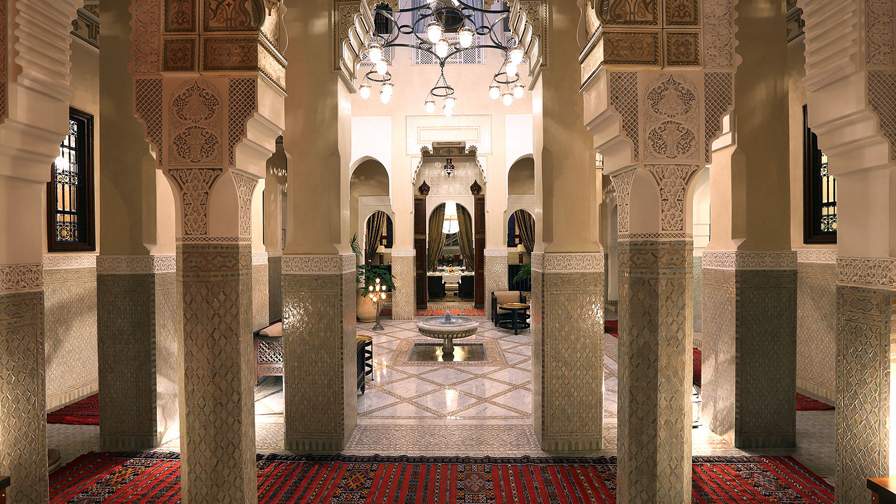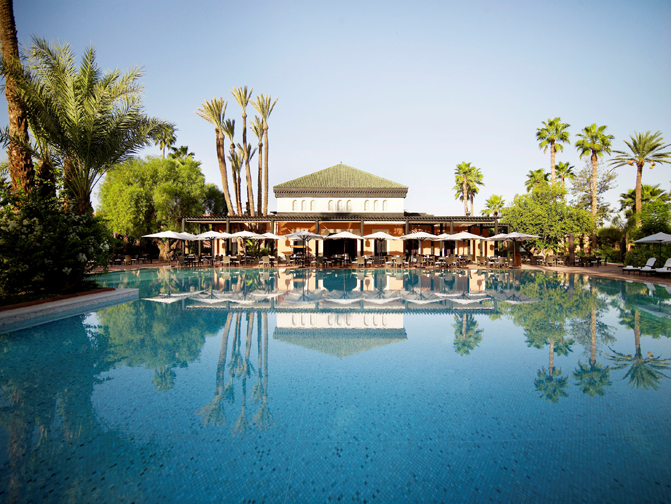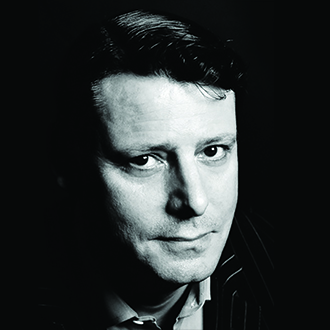Of all Morocco’s great cities — Tangier, Meknes, Rabat and Fez, among them — it is Marrakech rightly or wrongly that holds the traveler especially in thrall. Its bone dry desert climate is in part responsible, and so, of course, are its heart-stoppingly lovely, picture-postcard views of the snow-capped Atlas Mountains. You come to Marrakech to stimulate your senses, to breath its pure desert air, to smell jasmine and gardenia in its alleyways, to take in the color and the chaos of the souk, to eat chicken and lamb tagines rendered almost heady with saffron, lemon and dates and, not least, to tan your pallid Northeast, sun-deprived wintry skin.
Marrakech is thus one of the world’s great healing cities, and certainly the greatest in Africa (with Cape Town a contender for runner-up). It’s therefore not surprising that a great spa and wellness culture — I hesitate to use the word “industry” — has grown up here, too, in recent years, using to good purpose the city’s natural attributes and resources.
At La Mamounia, Marrakech’s most renowned hotel — where Churchill was a frequent visitor and where even today the dashing, tarbooshed doorman has a smile so winning it could make respectable women, and, for that matter, men blush — the unique treatments at the newly renovated spa are formulated around local plants and products. There are argan oil massages, amber honey scrubs, almond powder body rituals and “rose” body wraps. Argan oil, by the way, is the cure-all elixir that Morocco has given to the world — it’s as good for cooking as it is for your skin — and roses are as synonymous with Marrakech as bagels are with New York.
Essential too, to any treatment, is the hammam, or Turkish bath, the ceremony of which the Moroccans have elevated to levels of refinement. All treatments at La Mamounia can, and probably should, begin with a traditional hammam, in which your own personal attendant washes you down in the steam room. Men attend men, women attend women and modesty is carefully observed, but the experience is nevertheless and, almost by definition, a fairly intimate one.
If treatments at La Mamounia are deeply indulgent and pampering, the experience at Le Spa Royal Mansour, situated just a few blocks away, is on a par, but perhaps with a more remedial edge.
A no-holds-barred massage in the hammam from the spa’s in-house bodybuilding sadist, er, therapist, had me almost screaming in agony, but I certainly felt the beneficial effects of this and the cold and warm water scrubs in the days following. A phyto-cosmetology facial, meanwhile, restored the quality of my skin, at least temporarily, to a squeaky-clean, glossy, prepubescent standard. Bliss.
Owned by King Mohammed VI and opened in 2009, the elegant Royal Mansour may lack the overt showiness of La Mamounia, with its exquisite Art Deco public rooms, camel skin-covered elevator walls and the most beautiful hotel swimming pool in North Africa, but what you get in exchange is total privacy — should you require it. Accommodations are in private riads (typical Moroccan townhouses) dotted around the vast estate, each with its own roof terrace, and the Mansour’s three restaurants, under the directorship of French chef Yannick Alléno, are world-class.
Privacy is taken seriously, too, at Palais Namaskar, the opulent hotel in the Palmeraie, the vast palm grove district of Marrakech on the outskirts of the city. As well as its exceptional Earth & Health nutrition program, shiatsu and yoga are offered by a yoga master (with seven years training in Japan) and the staff at the hotel’s vast fitness center has been personally trained in Paris by the gym guru Abdoulaye Fadiga.
This fall, Mandarin Oriental, too, is launching in the Palmeraie. This top-tier hotel group is no slouch in the spa and wellness department, and its arrival in the “Paris of the Desert” can only raise the already exceptionally high spa bar
Of course, much beside the body can be healed in Marrakech. Minds, hearts and spirits find restoration here, too. Walking out of La Mamounia on a recent visit, down dusty Avenue Prince Moulay Rachid, I was accosted, as one invariably is in Marrakech, by a poor man hoping for some change. Realizing I had nothing on me but an inappropriate 100 dirham note, I was about to ignore him, or hurry across the street, when I remembered the advice of the writer, Barnaby Rogerson. When faced with the question of what to give to beggars, Rogerson quotes the Prophet: “Give what you can, and if you cannot give anything, then at least speak kindly.” It’s as good a maxim for Manhattan as for Marrakech. I smiled warmly at the man and greeted him but excused myself on this occasion, showing empty pockets. He smiled and greeted me in turn.
In the city of healing arts, this simple exchange may have been the most healing moment of all.
For more, visit mamounia.com, royalmansour.com and palaisnamaskar.com.






